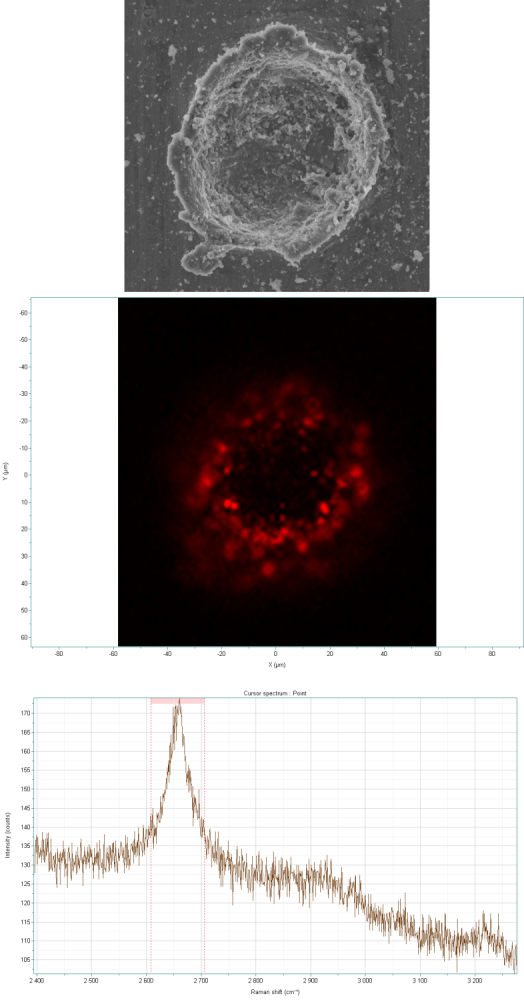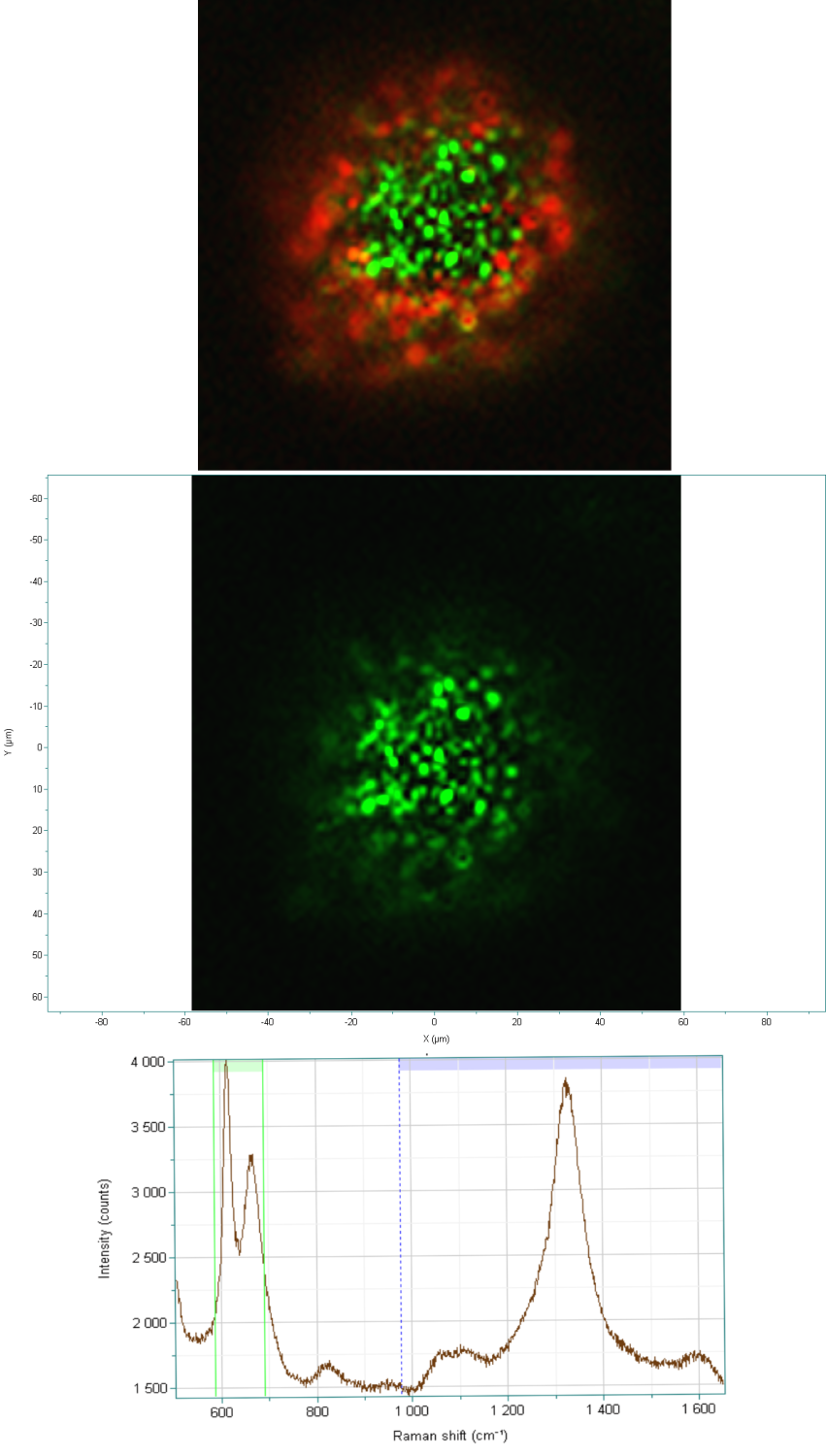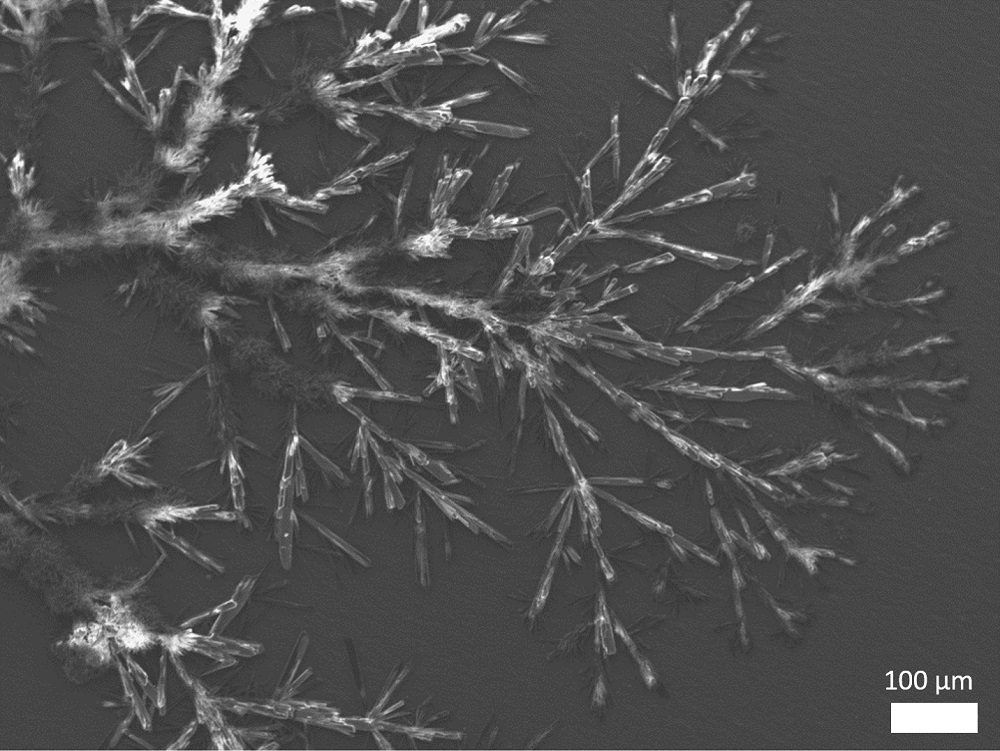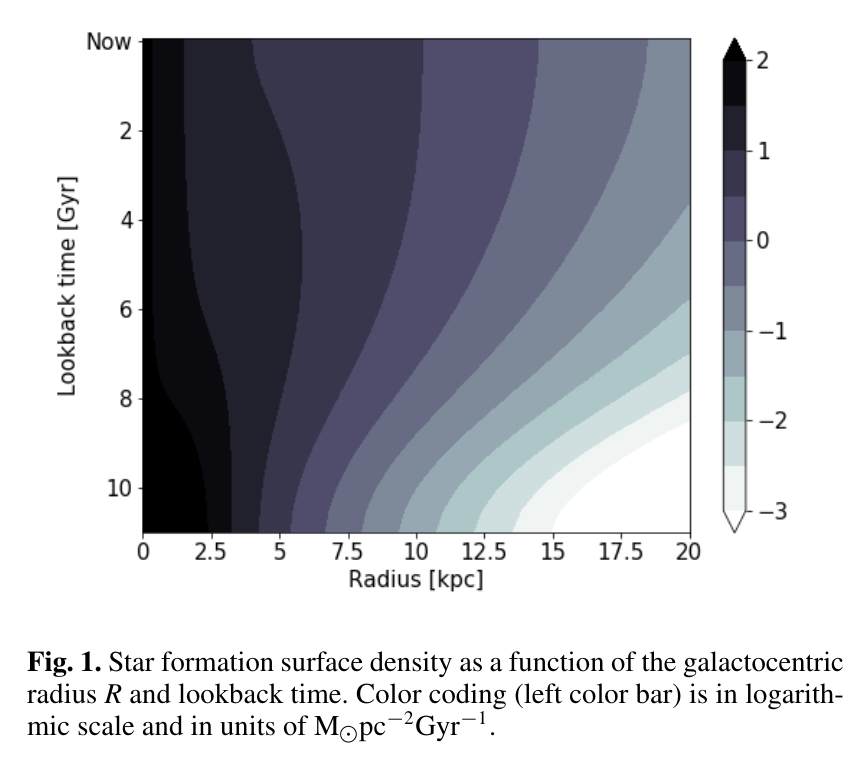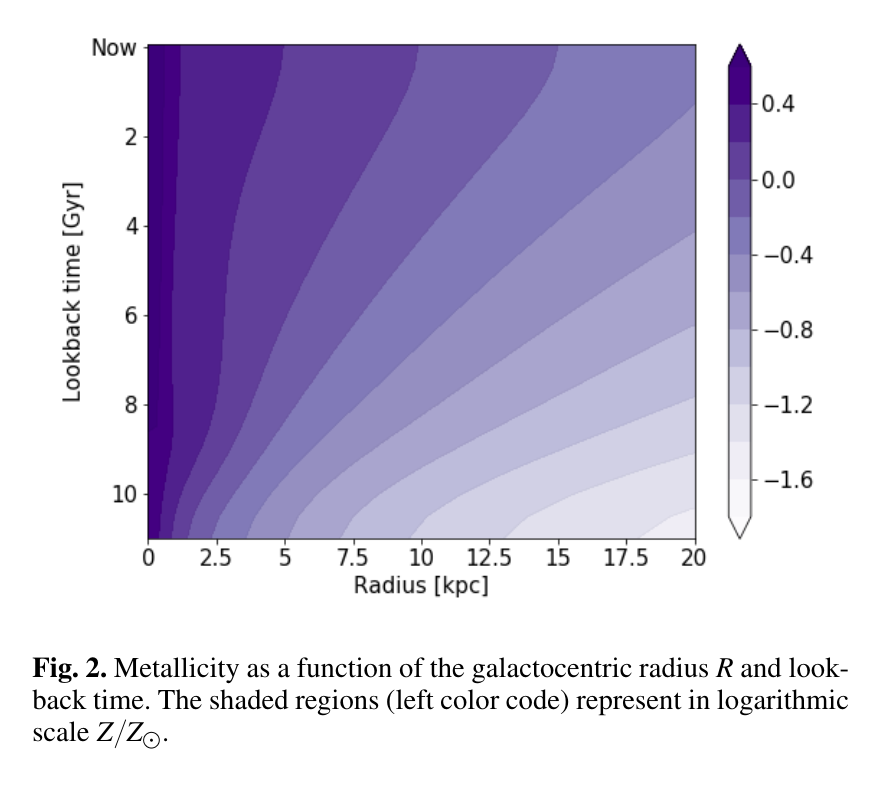Astrobiology is an interdisciplinary science involving many different sources, and disciplines including geology. Biosignature identification on Earth is consequential and strictly linked with the definition of a solid geological context in order to recognize the present and past processes, environments, controls, and their potential to host life. In planetary settings, that can be studied only (or mostly) remotely, the comparative geological analysis with Earth potential analogue is essential.
Despite that, the importance of geology is often understated. We stress the importance of geological analyses in association and support of astrobiological investigations in the selection, understanding, and analyses of the study areas and in bridging the gap between the different observation scales on Earth and planets, also in the process of mission planning of remote and in situ missions.
Effective comparative studies are possible because of data acquired in the last decades on many planetary surfaces that allow Earth-like field geological investigations: this is especially true on Mars but increasingly important in all of the other planetary bodies, including the icy satellites.
In order for a mission to be effective, as an example, the collected samples must be representative of a larger body and reflect some specific feature of variation of it. This implies that the sample representativity is largely dependent on the accuracy of the geological observations that precede sampling. In particular, planning a sampling mission aimed at testing the astrobiological potential of a given target on a planetary surface, is based on the understanding of where to focus (depositional environment), which tools are needed (instruments), and finally to set the precise place where to sample within the selected environment with the ultimate goal to collect a significant sample and not just a stone.
Accordingly, the knowledge derived from Earth analogues represents the base to plan the exploration of planetary settings, in order to on one side select the right science target to look for fossil or present life traces and on the other side to test the proper techniques, that should be effective and at the same time low invasive/destructive to be suitable for planetary exploration.
Protocols for the sampling (i.e., collection, preservation, and treatment) and for the data analyses (i.e., facies analysis, instruments, combination of instruments) phases are needed both in the field and in the laboratory in order to identify the presence of biosignatures. Still, biosignatures in the rock record include many different organic or organically mediated structures and biochemical signals, which occurrence and evolution are controlled by the specific geological conditions. As a consequence, different types of biosignatures depend on different geological conditions and consequently necessitate different analytical approaches (e.g., Cavalazzi et al., 2019). In turn, this implies that different protocols depend on different geological conditions.
Several problems may hamper the possibility to constrain the analogy between Earth and planetary settings, the main issues being the problems of scale and of equifinality (Baker, 2014). The regional analyses to constrain the geological context on Earth and in the planetary settings occur at similar scales, but the scales of the observations and measurements even in the most favorable condition on Mars cannot exceed the meter scale, while on Earth even singe grains or crystals can be recognized and described already in the field. In addition to that, the problem of equifinality arises from similar effects that may be generated by different combinations of causative processes (Baker, 2014), which implies that single morphologies (landforms) can be rarely unequivocally interpreted from remote sensing analysis in terms of genetic origin.
To face these issues, the reconstruction of a broader geological context (landscape) is necessary as a pre-requisite to understand environments and processes of deposition (e.g., Pondrelli et al., 2008, 2011, 2015, 2019). Unraveling the vertical and lateral stratigraphic relations in order to correlate different coeval deposits, landforms, and structures, and comparing similarities and differences at all scales with different potential analogues on Earth, using the typical multiple working hypothesis approach (Baker, 2014), allows solid interpretations.
A solid reconstruction of the geological context must be carried out comparatively also on the potential Earth analogues. On Earth, the depositional environments and processes can be characterized, defining the facies, facies association, lateral transitions, and structure distribution at the outcrop scale, specifically the ones that are suitable for sampling and laboratory analyses, and ultimately understanding the controls on deposition (e.g.., Cavalazzi et al., 2019). This set of information provides fundamental elements to reconstruct the vertical and lateral facies/structures distribution in an analogue planetary setting (e.g., Pondrelli et al., 2008, 2011, 2015, 2019) and drives the sampling site selection but also the choice of more appropriate instrumentation.
This approach can provide not only a basic knowledge of the landing site/mission object area but is mandatory for a sample return mission and the selection of the right samples one can take a rock home, but not an outcrop. Thus, context geology is the first requirement to understand where the most significant sampling should be taken.
References
Baker, V. R. (2014). Terrestrial analogs, planetary geology, and the nature of geological reasoning. Planetary and Space Science, 95, 5–10.
Cavalazzi, B., Barbieri, R., Gómez, F., Capaccioni, B., Olsson-Francis, K., Pondrelli, M., et al. (2019). The Dallol Geothermal Area, Northern Afar (Ethiopia)-An Exceptional Planetary Field Analog on Earth. Astrobiology, 19(4), 553–578.
Pondrelli, M., Rossi, A., Marinangeli, L., Hauber, E., Gwinner, K., Baliva, A., & Lorenzo, S. (2008). Evolution and depositional environments of the Eberswalde fan delta, Mars. Icarus, 197(2), 429–451.
Pondrelli, M., Rossi, A., Platz, T., Ivanov, A., Marinangeli, L., & Baliva, A. (2011). Geological, geomorphological, facies and allostratigraphic maps of the Eberswalde fan delta, Planetary and Space Science, 59(11–12).
Pondrelli, M., Rossi, A. P., Deit, L. L., Gasselt, S. van, Fueten, F., Glamoclija, M., et al. (2015). Equatorial layered deposits in Arabia Terra, Mars: Facies and process variability. Geological Society of America Bulletin, 127(7/8).
Pondrelli, M., Rossi, A., Deit, L. L., Schmidt, G., Pozzobon, R., Hauber, E., & Salese, F. (2019). Groundwater Control and Process Variability on the Equatorial Layered Deposits of Kotido Crater, Mars. Journal of Geophysical Research: Planets. https://doi.org/10.1029/2018JE005656


